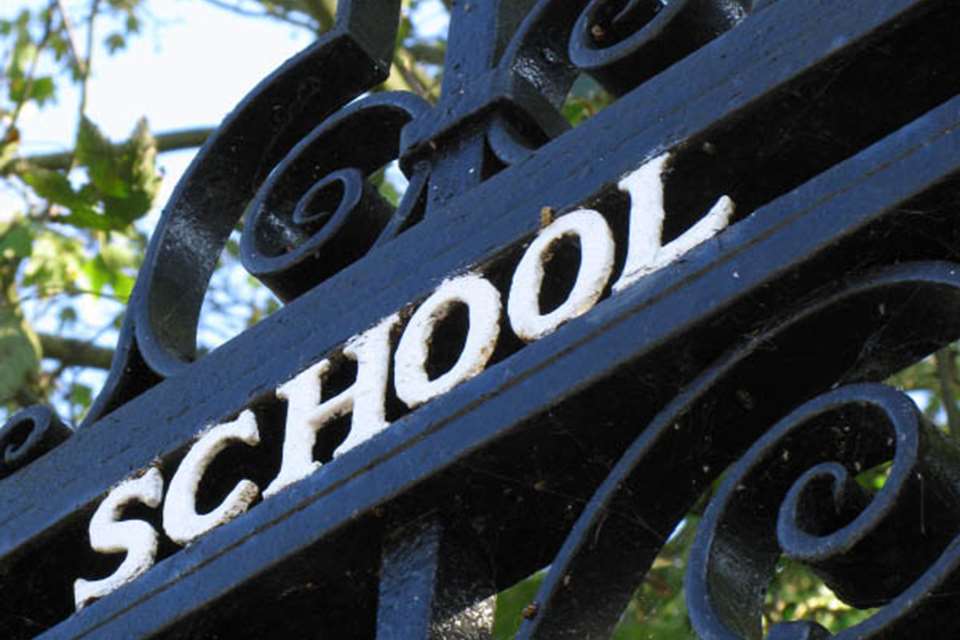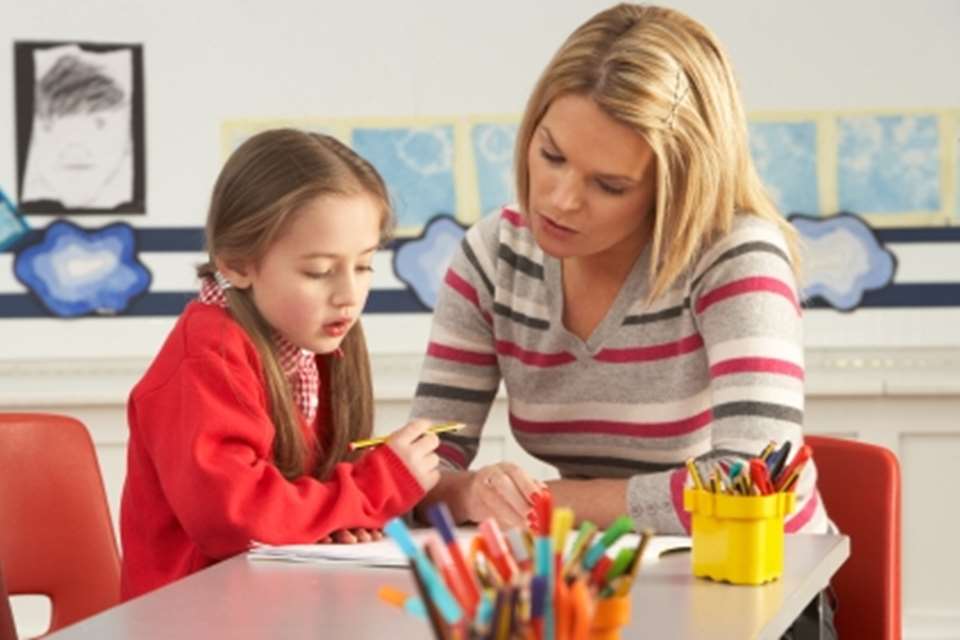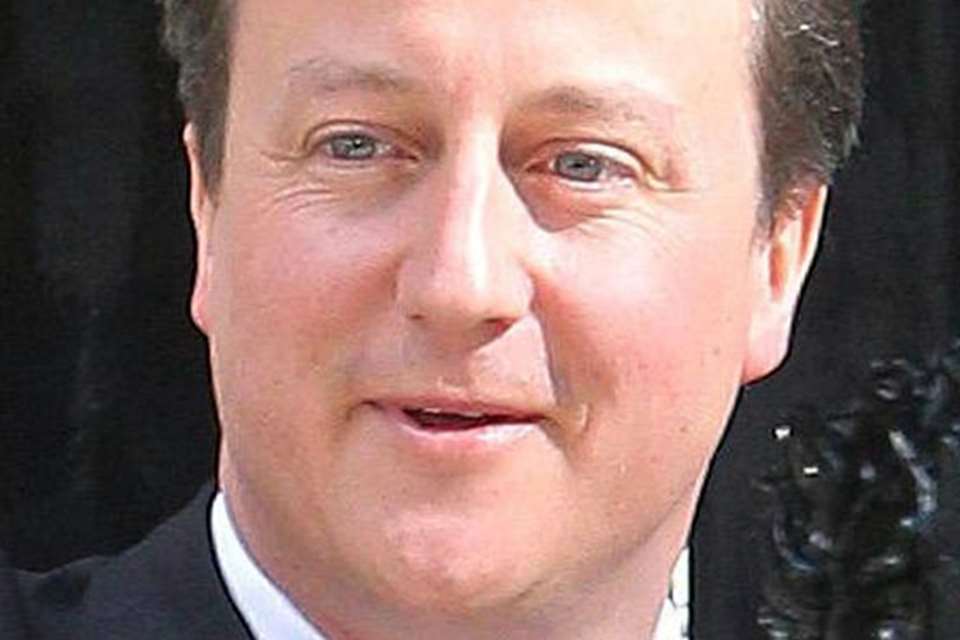Free schools programme 'failing' to deliver
Thursday, November 16, 2017
While free schools are helping meet growing demand for places, the programme has been ineffective in targeting areas of low school quality and attracting disadvantaged pupils, finds a new report.

According to the first independent report on free schools' performance, most free schools are in areas of high rather than low performance, when the programme was supposed to improve access to good-quality school provision in under-performing parts of the country.
The Education Policy Institute's (EPI) Free Schools Report, published today, is based upon data on parental preferences, attainment and progress, inspection outcomes and access measures to assess the effect of the free schools programme since its introduction in 2010.
It finds that free schools are helping to meet the need for new school places, and growth has been higher in areas of ‘basic need’, however they still represent just 2 per cent of all state-funded schools. Two-thirds of areas in England remain outside a ‘reasonable distance’ of either a primary or secondary free school.
Although free schools were more likely to be located in areas of disadvantage, disadvantaged pupils in these areas were less likely to be admitted than might be expected, particularly in primary schools.
In the most deprived areas, 24 per cent of Reception-aged pupils in free schools were eligible for free school meals, versus 32 per cent in other schools.
The report also shows that free schools are less popular with parents than any other school type, based on parental preference data. However, they are becoming more popular with parents the longer they are open, which, according to the EPI, suggests that pupil applications and numbers on roll may increase.
In terms of Ofsted judgements, free school inspection results are better than other school types at primary level, similar at secondary, but considerably worse for special and alternative-provision schools.
Primary free schools were found to be more successful than other types of school, with the proportion rated as outstanding nearly double that of all state-funded primary schools, according to the report.
The difference between secondary schools was found to be minimal, and the proportion of free schools and other schools receiving a combination of good and outstanding ratings were almost the same at both primary and secondary level.
However, large numbers of free schools have yet to be inspected, with just 216 of 355 opened or closed free schools having received an inspection by the end of the 2016-17 academic year.
The report also found that pupil progress in secondary schools in 2017, based upon the new Progress 8 measure, was joint highest in free schools and converter academies. Progress 8 is the Department for Education’s new headline measure for school performance at the end of secondary school. It measures performance across eight subjects, including English and maths, after controlling for pupil prior attainment.
David Laws, executive chairman of the Education Policy Institute (EPI), said, ‘This report provides ammunition for both the supporters and critics of the free schools programme. On the positive side, new free school places have been skewed towards areas where we need new school places, and many primary free schools have secured “Outstanding” Ofsted ratings.
‘But a major justification of the programme was supposed to be to improve access to good-quality school provision in underperforming parts of the country – and on this basis the programme has been a failure. On balance, free school places are more likely to be established in high-performing areas such as London than low-performing areas such as the North East. Free schools also seem markedly less popular with parents than their champions have suggested – although popularity appears to increase the longer the schools are open.
‘Meanwhile, the Government has been correct to suggest that free schools have disproportionately been set up in areas of disadvantage, though disadvantaged pupils in these areas seem less likely to access these schools than might be expected. This is a concern.
‘A fair summary would be that free schools have neither been the roaring success or the disastrous failure that many have predicted. What is most notable is that free schools have been hugely skewed to areas of the country such as London that are doing well. If the Government continues to believe that free schools are going to drive better performance, they need to be doing much more to spread them across areas such as the North and Midlands.’
The National Education Union (NEU), however, condemned the free school programme as an ‘expensive experiment’ which had not delivered on its promises.
Dr Mary Bousted, NEU joint general secretary, said, ‘The rationale for free schools is flawed. Free schools have created surplus school places in areas where they aren’t needed, which isn’t a good use of taxpayers’ money, particularly in the middle of a school funding crisis.
‘Ministerial claims that free schools perform better cannot be justified, because too few free school have been inspected and inspections have not included the full pupil age range.
‘Free schools in disadvantaged areas fail to take their fair share of poor pupils. And, when first established, they are not popular with parents, with first preferences well behind other types of school.
‘Theresa May should read this report carefully and reconsider her pledge to establish another 500 free schools. It would be a far better use of public money to rebuild and refurbish existing schools, many of which are in dire need of repair, as these schools have taken the lion’s share of the increased numbers of pupils, and will continue to do so.’
A Department for Education spokesperson said, ‘Thanks to our reforms – including the free schools programme – there are currently 1.8 million more children in good or outstanding schools than in 2010 and the attainment gap between disadvantaged pupils and their peers has shrunk by 7 per cent. These changes mean parents have more good schools to choose from for their children.
‘As this report acknowledges, free schools are already showing high Progress 8 scores, with the likes of Dixons Trinity Academy ranking among the top 10 schools in provisional 2017 Key Stage 4 data. We want to build on this success which is why we will continue to open new free schools, such as maths schools, that bring innovation to the education system and reach even more areas that currently have low attainment rates.’








